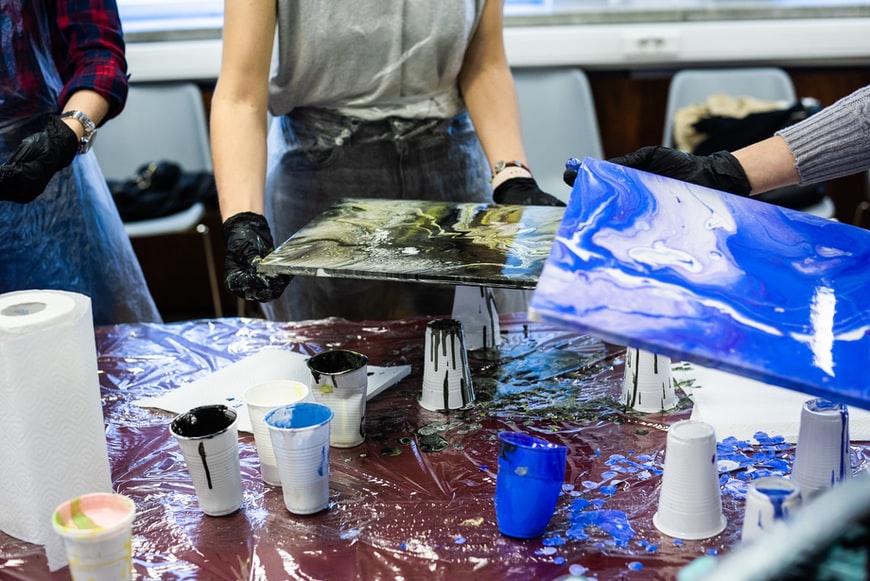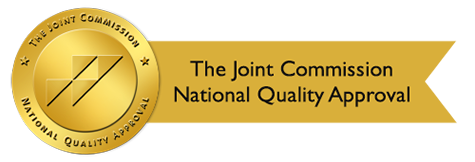Cognitive Behavioral Therapy, or CBT, is a highly effective psychological treatment used to treat mental disorders like depression, anxiety, and substance abuse, making it one of the most popular methods.
But it’s not all talk, as many people seem to think it is. CBT aims to help you recognize detrimental thought and behavior patterns and modify them to positive and helpful ones.
While talking to your therapist is a big part of the process, there are dozens of other methods and materials you can use. One of which is art.
The History Of Art In CBT
Art has been a part of our lives for millions of years, from small drawings to massive sculptures. However, there isn’t a definitive answer to how art started in CBT.
A study mentions that English artist Adrian Hill first described the approach in 1942. However, art therapy has been used for moral reinforcement and psychoanalysis long before his time.
One account says that in 1971, Edith Kramer discussed that manipulating raw art materials into a product could be ego-building and empowering.
Another account says that cognitive-behavioral art therapy, or CBAT, first appeared in art therapy literature in the late 1970s. This happened when Ellen Roth and Janie Rhyne wrote about their work.
One study mentions that the Lesley College Graduate School’s Institute for the Arts and Human Development developed expressive arts therapy in the 1970s.
The pioneers of the field highlighted ancient art-making traditions and innate creativity. Then, the program at the college supported the work through the development of a “creative therapeutic community” where students and faculty worked together on the tradition of community artmaking.
The Role Of Art In Cognitive Behavioral Therapy
Because of its effectiveness, CBT has been favored for depression and anxiety therapy. However, many experts criticize this treatment for being too verbal or abstract.
This is where art plays a significant role. But it’s important to note that art therapy is not a kind of CBT. Rather, CBT is a viable approach to art therapy.
Nonetheless, many studies have shown that art is an effective tool in the CBT process. Two studies showed that, when combined with CBT, art can help treat anxiety disorders.
Essentially, art therapy allows you to slow down if you feel pressured or overwhelmed.
Art And Depression
Several studies have shown that being creative lifts your mood, making art creation a good activity in depression therapy. In a way, art lets you transform your negative thoughts into positive ones.
More than that, making art has been associated with an increase in the production of dopamine, a “happy chemical” that your brain produces. Many studies find that people with depression lack adequate amounts of this chemical.
Art And Anxiety
If you have anxiety, you may feel out of touch with your emotions or sense of self. Art uses symbolism and metaphors to represent thoughts and emotions when words fail. In turn, it can help you cope with anxiety.
Additionally, it helps reduce stress. Anxiety may often leave you feeling uneasy as it disrupts your daily activities and affects your life– from your sleep schedule to appetite.
But when you’re in the process of making art, even a simple drawing, you engage in a creative activity where you’re in control, removing yourself from unwanted and uncontrollable thoughts.
You decide what to draw and what colors to use. Plus, you focus your attention on something calming, breaking free of rumination or repetitive looping thoughts.
Art can also be used as panic disorder treatment.
Art And PTSD
Talk therapy has been one of the go-to methods of PTSD treatments for decades. However, people with this condition may struggle to express themselves with words. Alternatively, art therapy allows them a different way of expression.
Expression through art allows you to voice out your memories, thoughts, emotions, and ideas when you aren’t able to use your words. It also lets you safely contain and separate yourself from the traumatic experience.
Integrating Art In CBT
Below are ways therapists can use art in CBT.
- Psychoeducation
Part of the first phase of CBT is knowing all the facts about your condition. For anxiety, this includes root causes and triggers. From there, you can work towards managing and coping.
The entirety of the process may involve you keeping track of everything. But if words are not enough, you can turn to images. Your therapist may require you to keep a visual journal, helping you understand your anxiety.
You can draw, paint, or even create collages with magazine cut-outs.
- Breathing and relaxation
Breathing techniques are a part of CBT when treating anxiety, particularly slow abdominal breathing, and progressive muscle relaxation. Often, guided imagery is followed, associating physical relaxation with calming images.
One way therapists can enhance this exercise is by integrating an art response. They can ask you to create a painting or a clay sculpture after a relaxing activity like yoga or meditation.
Then, display the artwork somewhere where you’ll always see it. You can also take a picture of it and always have the photo with you. Doing these can help remind you of the calming activity and feelings associated with it.
- Exposure
Often used to face phobias and treat PTSD, exposure therapy uses desensitization exercises on patients to gradually face their fears and traumas. It will start as a small activity and make its way up to a more intense one. Between these exercises, you’ll be exposed to things related to your fear or trauma to help desensitize them.
But how can art help? Think about the upcoming exposure tasks, then use your journal to visualize them. Doing this gives you a taste of the task and allows you to gauge your response and the likelihood of your fears.
After the task, follow up on your journal and put your accomplishments. You can also write encouraging words.
For centuries, art has been a huge part of our lives, allowing us to express ourselves when mere words fail to. But with developments in multiple psychology and art fields, experts have found ways to integrate art into cognitive behavioral therapy. This advancement has helped people cope, recover, and heal from their mental illnesses, like depression, anxiety, and PTSD.
Let art guide you in your journey to recovery. Choose Roots Through Recovery. You can visit us at 3939 Atlantic Ave Suite 102, Long Beach, CA 90807, United States. You may also contact us at 562-352-2035, email us through info@roots-recovery.com, or go to our website.



